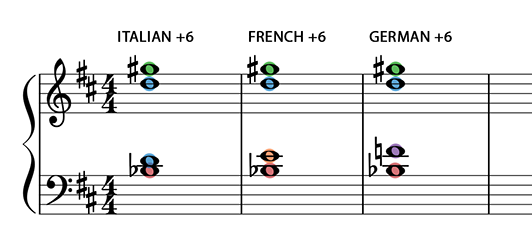
HOSTS- Jeremy Burns, Matthew Scott Phillips
TYPE- Theory
DURATION- 66:08
BUMPER MUSIC- "A Lamentation For Lindsay" (Area 47)
ANNOUNCER- Mike Cunliffe
The augmented 6th (+6) chord is a very tense predominant chord. Like most chromatic chords, it can add motion and color to your chord progressions. In this episode we will discuss the 3 main types of augmented six chords:
Italian, French and German.



VOICE LEADING CONSIDERATIONS

-Practice writing progressions using the any or all of the +6 chords.
-For a challenge, see if you can adhere to all the voice leading conventions while writing your piece.

